In this article, we will delve into the way photography contributes to the cause of wildlife conservation, highlighting its significance, advantages, and key takeaways.
Visual Storytelling
Photography speaks to people in a language that is universally understood – visuals. Through captivating images, photographers have the ability to transport viewers to remote locations, showcasing the beauty, diversity, and vulnerability of wildlife. These visuals not only evoke emotions but also educate and inspire individuals to take an active role in conservation efforts.
- Photographs provide a unique perspective, giving viewers a glimpse into the lives of wildlife.
- They capture moments that are often missed or unseen, revealing the intricate dynamics and behaviors of animals.
- Photography encourages empathy and fosters a deeper connection between humans and the natural world.
Creating Awareness
Effective wildlife conservation requires public awareness and understanding of the issues at hand. Photography plays a vital role in creating this awareness by showcasing endangered species, their habitats, and the threats they face. By highlighting the beauty and magnificence of these creatures, photographers awaken a sense of responsibility within viewers and inspire them to protect the natural world.
- Photographs create an emotional connection with the subject matter, making viewers more likely to engage with the cause.
- They provide a visual representation of the challenges faced by wildlife, such as habitat destruction and poaching.
- Photography projects often focus on specific conservation initiatives, bringing attention to urgent issues in need of support.
Advocacy and Fundraising
Photography acts as a catalyst for change by advocating for wildlife conservation and generating much-needed funding. Wildlife photographers often partner with conservation organizations and nonprofits, using their images to raise awareness and funds for critical projects. Through exhibitions, publications, and online platforms, they empower people to contribute towards safeguarding the natural world.
- Photographers collaborate with conservationists to capture images that support campaigns and initiatives.
- Exhibitions and publications attract a wide audience, amplifying the message of conservation to diverse communities.
- Photographic prints and merchandise sales contribute directly to funding conservation projects on the ground.
The Impact of Social Media
In today’s digital age, social media platforms provide an immense opportunity for photographers and conservationists to reach a global audience. With the ability to instantly share photographs and stories, social media has become a powerful tool for creating awareness, mobilizing action, and fostering communities engaged in wildlife conservation.
- Platforms like Instagram, Facebook, and Twitter enable photographers to showcase their work and connect directly with followers.
- Visual storytelling through social media garners significant engagement, spreading the conservation message far and wide.
- Collective efforts through campaigns and hashtags on social media platforms bring attention to specific conservation issues.
In Conclusion
Photography serves as an influential force in advocating for wildlife conservation. Through visual storytelling, raising awareness, and empowering communities, photographers play a pivotal role in capturing the change our world needs. By fostering empathy and inspiring action, they contribute to the preservation of precious ecosystems and the incredible biodiversity of our planet.
Remember, every photograph has the power to make a difference. Let us join hands in protecting and conserving the extraordinary wildlife that graces our Earth.

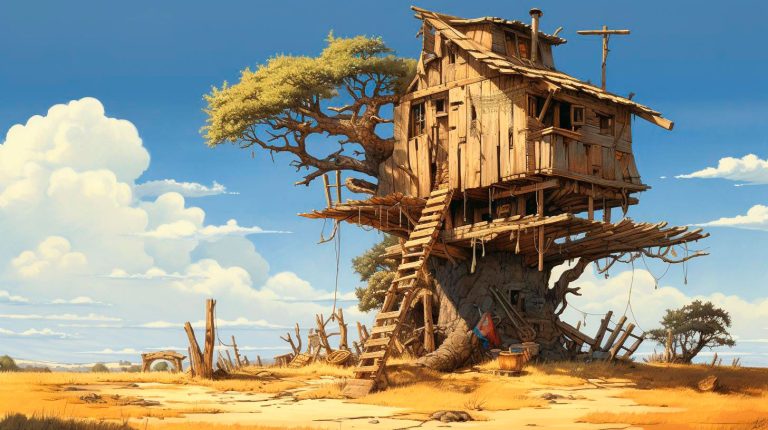
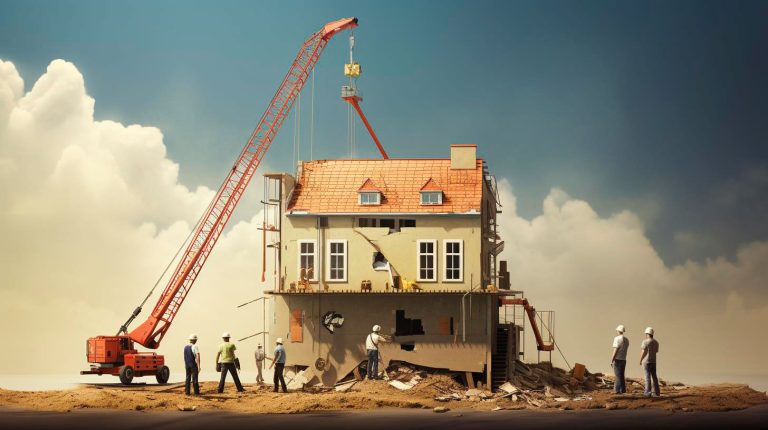
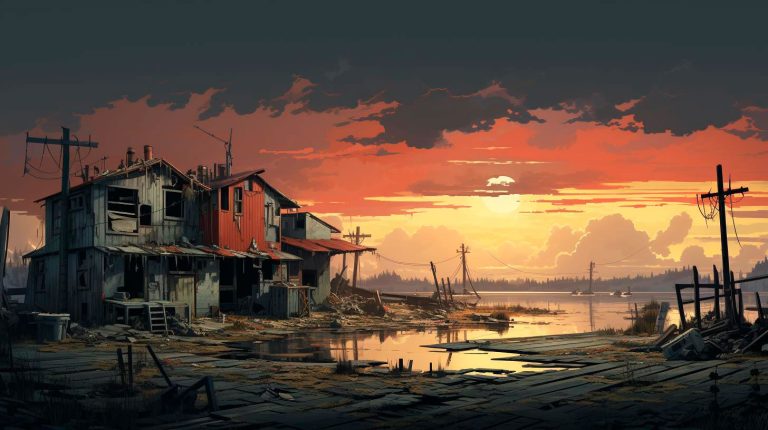
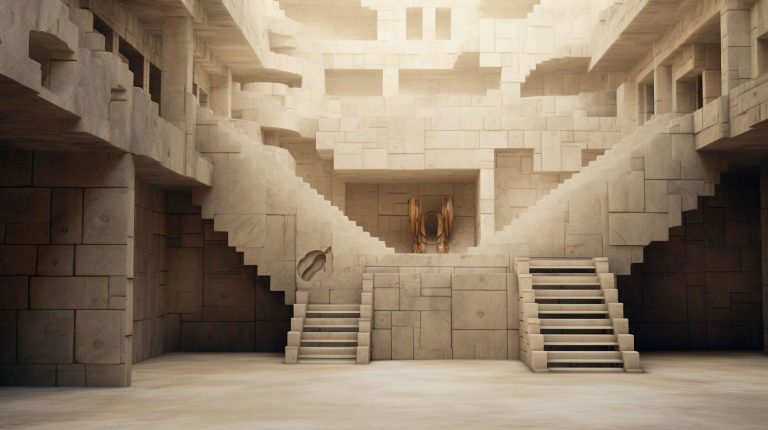


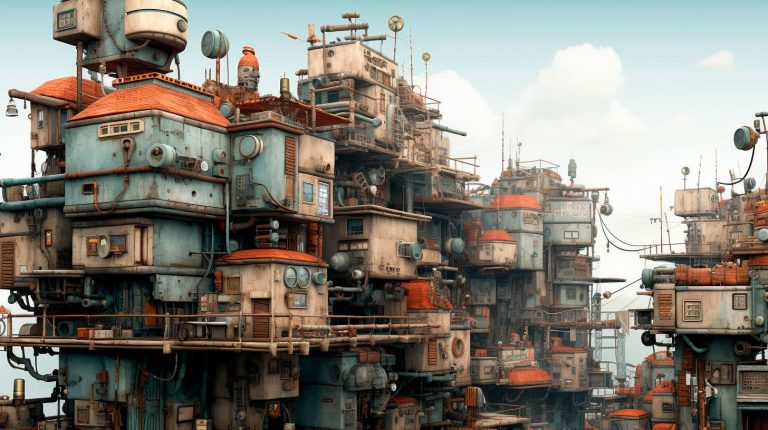



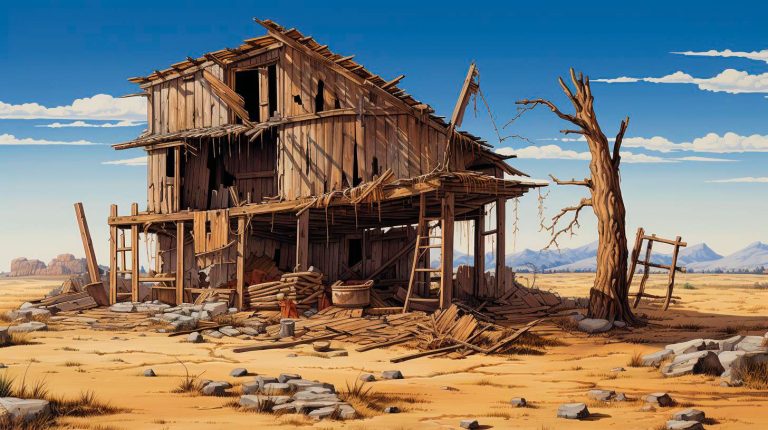








+ There are no comments
Add yours